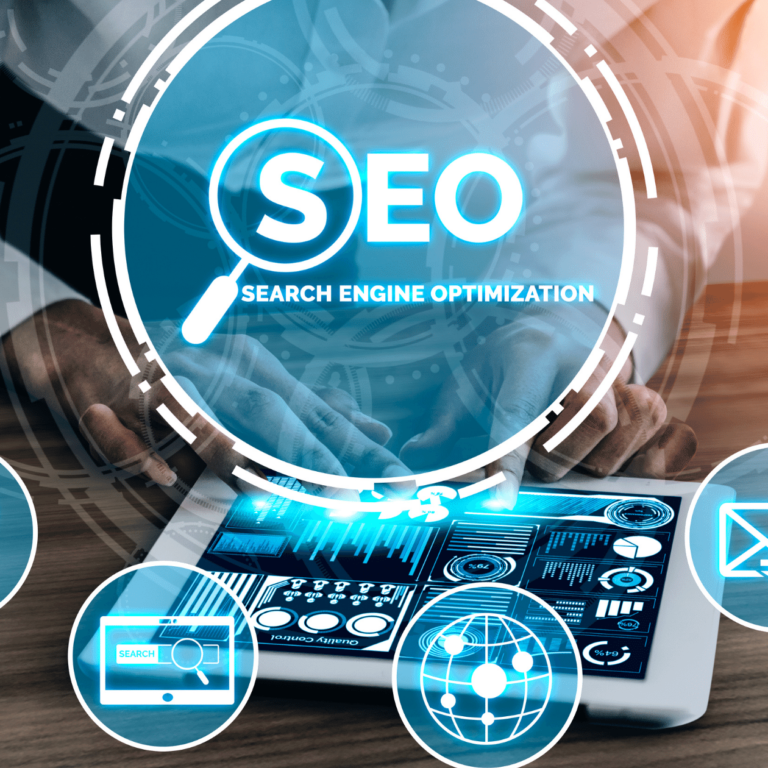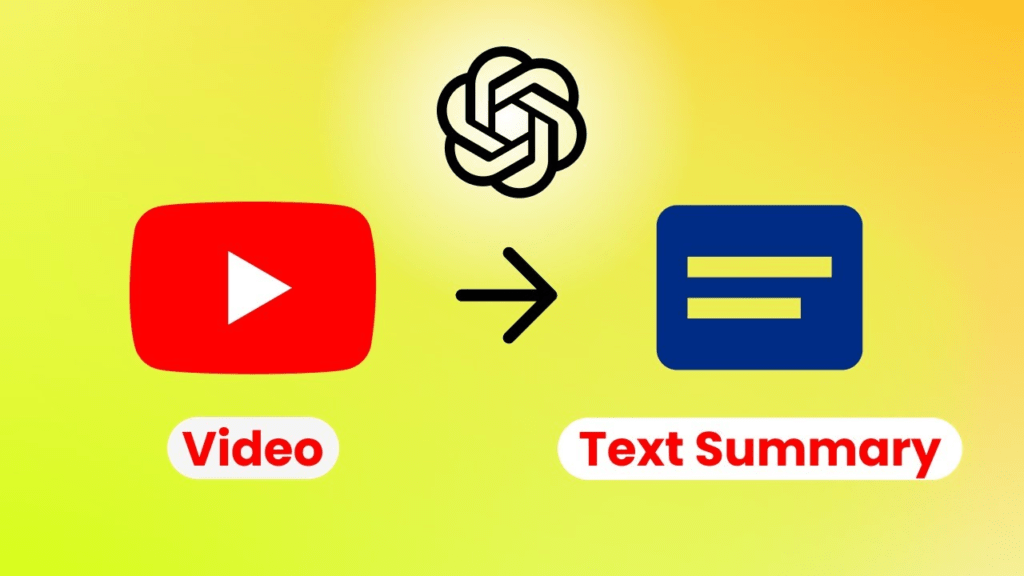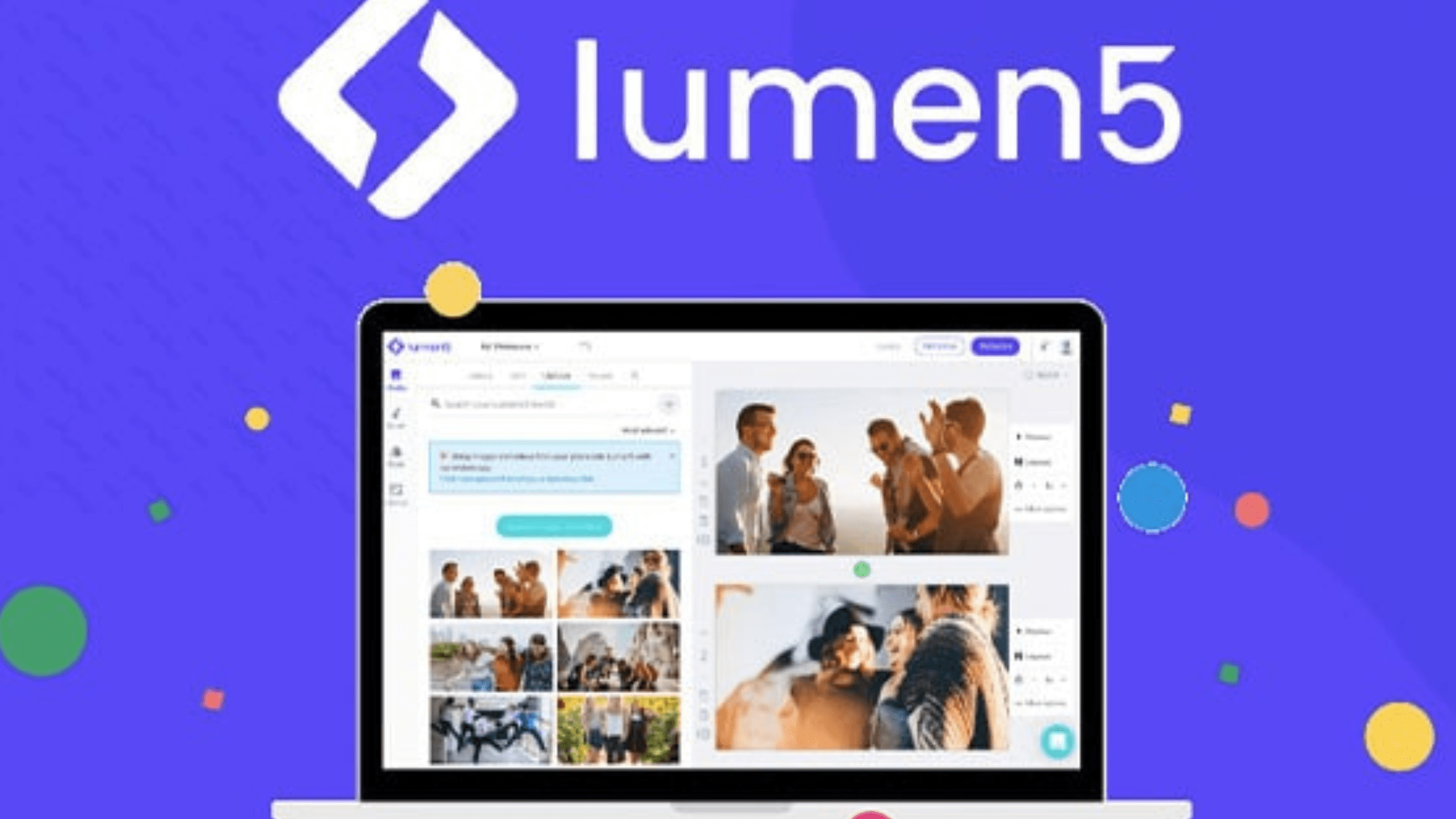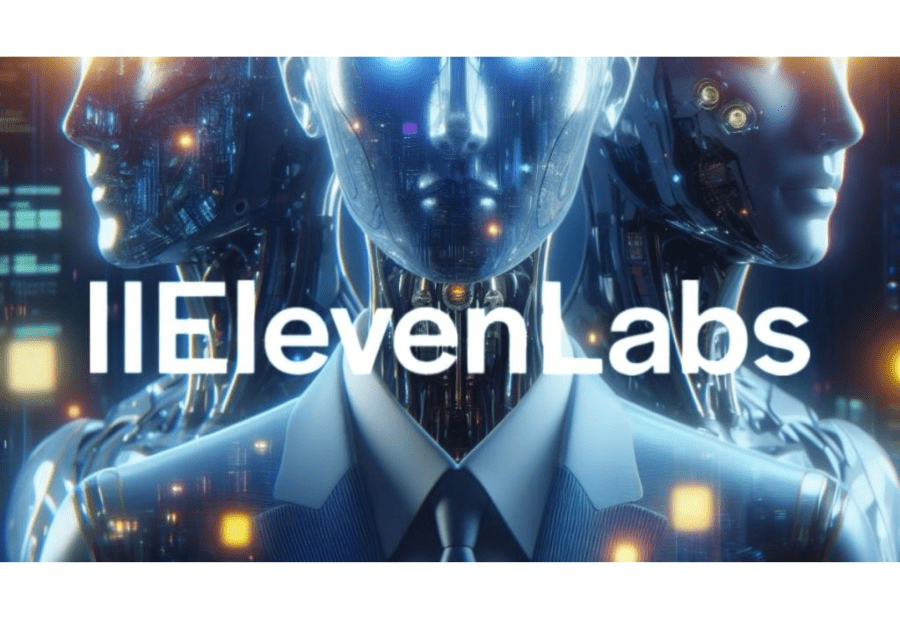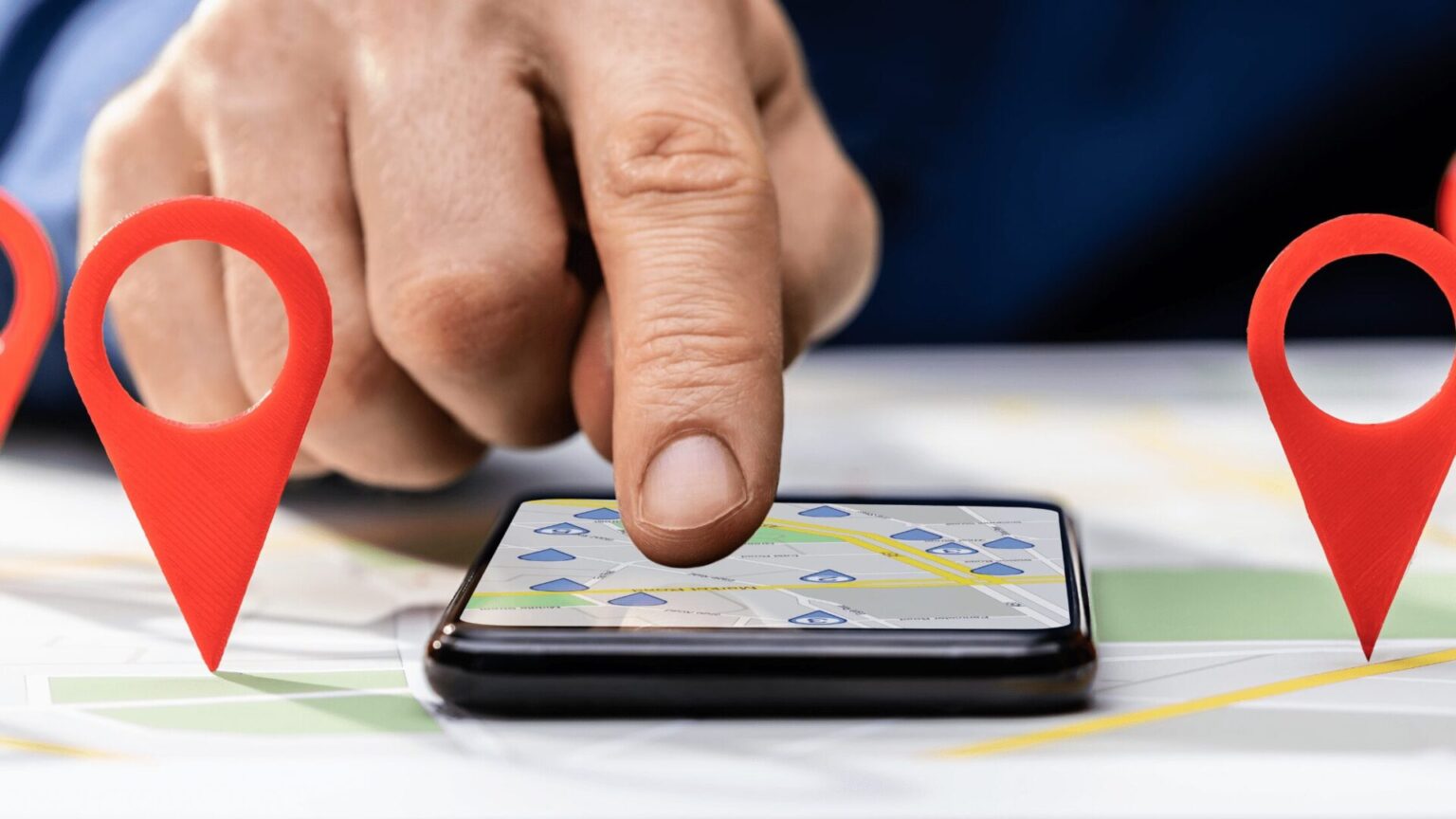4o

The world of online marketing is always changing, and Facebook leads the way with ongoing updates to its ad platform. Here’s a detailed overview of the newest Facebook ad updates for 2024.
1. Advanced AI Targeting and Personalization
In 2024, Facebook has improved its AI-powered targeting features. The AI now analyzes user behaviour in more detail, allowing advertisers to target audiences based on specific behaviours and preferences. This means your ads can reach more relevant customers, increasing the chances of engagement and conversion.
What This Means for Advertisers:
Better ROI: More accurate targeting reduces wasted ad spend.
Personalized Ads: Create ads that resonate more deeply with specific audience segments.
Dynamic Content: Use dynamic creative optimization (DCO) to tailor ad content automatically to individual user preferences.
2. Privacy and Data Use Updates
With ongoing privacy regulations, Facebook has updated its data use policies. This includes stricter data consent management and adjustments to limited data access.
What This Means for Advertisers:
Data Consent Management: Ensure all campaigns comply with the latest privacy regulations.
Adapt to Limited Data: Develop strategies that work even with reduced access to user data.
Focus on First-Party Data: Encourage users to share information through valuable interactions willingly.
3. Introduction of Interactive Ads
One of the most exciting updates is the introduction of interactive ad formats. These ads engage users directly, encouraging interaction instead of passive viewing.
What This Means for Advertisers:
Higher Engagement Rates: Interactive ads can significantly boost user engagement and interaction.
Creative Campaigns: Opportunity to create more engaging and memorable ad experiences.
Enhanced Metrics: Gain a better understanding of user preferences by analyzing interaction data.
4. Enhanced Video Ad Capabilities
Video continues to dominate content, and Facebook has expanded its video ad capabilities. The updates include More advanced video ad formats. Better integration with FacebookWatch.Improved tools for live streaming.
What This Means for Advertisers:
Varied Video Content: Experiment with new video ad formats to find what works best for your audience.
Leverage Facebook Watch: Integrate ads into Facebook Watch to reach users consuming long-form content.
5. Automation and Simplified Ad Management
Facebook has launched additional automation tools to make ad management easier. These tools help automate ad placements, scheduling, and bid strategies. The platform’s AI can now suggest optimal ad placements and budget allocation based on past performance data.
What This Means for Advertisers:
Time Savings: Automation cuts down the time required for manual ad management.
Optimized Performance: Rely on AI recommendations to enhance campaign performance.
So, The 2024 updates to Facebook ads demonstrate the platform’s dedication to innovation, user privacy, and advertiser success.

